The Bidi Pig Oil and Gas Pipeline Cleaning, branded under EMT Pigging, is a versatile and essential tool used primarily in the oil and gas industry, as well as in building material shops, construction works, and mining operations. Designed for robust performance in pipeline cleaning and maintenance, this pig features a polyurethane body complemented by carbon steel in its core, offering durability and reliable functionality under extreme conditions.
Polyurethane Test Report | ||||
NO. | TEST PROJECT | UNIT | TEST REPORT | TEST METHOD |
1 | Shore hardness | Shore A | 83 | GB/T 531.1-2008 |
2 | DIN abrasion | mm3 | 21 | GB/T 53516-1987 |
3 | Akron abrasion | cm3 | 0.0518 | GB/T 1689-1998 |
4 | 100% stress at definite elongation | MPa | 3.41 | GB/T 528-2009 |
5 | 300% stress at definite elongation | MPa | 5.74 | GB/T 528-2009 |
6 | Tensile strength | MPa | 51.2 | GB/T 528-2009 |
7 | Elongation at break | % | 1263 | GB/T 528-2009 |
8 | Tear strength(right angle) | kN/m | 77 | GB/T 529-2008 |
9 | Resilience rate | % | 34 | GB/T 1681-2009 |
1. Key Features and Specifications of Bidi Pig
- Type: Bidi Pig
- Material Composition: The Bidi Pig consists of a durable polyurethane cup system and a sturdy carbon steel middle material, ensuring longevity and resistance to wear in harsh pipeline environments.
- Temperature Tolerance: Operates effectively within a temperature range from -40°C to +120°C, accommodating various operational climates.
- Size Range: Available for pipeline diameters from 2 inches to 60 inches, making it suitable for a wide range of pipeline specifications.
- Weight: Each unit weighs approximately 4 KG, with a comprehensive gross weight of 8 KG for shipping.
2. Applications of Bidi Pig
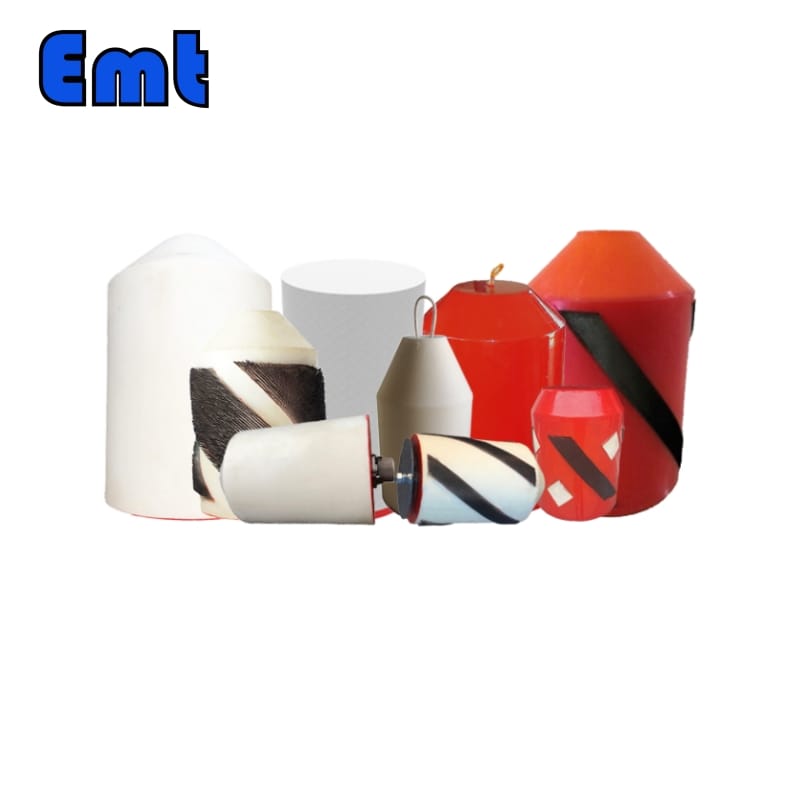
The Bidi Pig is engineered for multifaceted functionality, making it an invaluable asset in the comprehensive management of pipeline systems. Its applications are diverse, catering to various operational needs from initial construction cleanup to routine maintenance and specialized tasks. Here’s a detailed look at its primary uses across different stages of pipeline management:
Cleaning and Maintenance
- Post-Construction Cleanup: After pipeline construction, this Bidi Pig is instrumental in removing leftover debris, such as scale, welding slag, and other residues that could impair pipeline function. Its robust design allows it to sweep through the pipeline effectively, ensuring that it is clear of obstructions before it becomes fully operational.
- Preparation for Hydrostatic Testing: Before conducting hydrostatic tests, it is crucial to ensure that the pipeline is free of air and debris. The Bi-Directional Cup Pipeline Pig exhausts any trapped gases and helps in the dewatering process after hydrostatic testing, ensuring the pipeline is properly prepared for these essential safety tests.
Inspection and Validation
- Pipeline Roundness and Structural Integrity: Regular use of the pig helps in maintaining and verifying the structural integrity of the pipeline. By traveling through the pipeline, it helps identify any anomalies in the pipe’s roundness that might indicate potential issues such as dents or misalignments.
- Valve and Diameter Accuracy Checks: It also plays a critical role in ensuring that the operational components, such as valves, are correctly aligned and functioning as intended. The pig can check that the pipeline diameter is consistent throughout and that installed valves open and close correctly in their designated positions.
Operational Efficiency
- Regular Pipeline Maintenance: For pipelines in continuous use, particularly in the oil and gas sector, the pig helps in routine maintenance tasks such as discharging ash, removing paraffin buildup, descaling, and conducting water treatment. These activities are crucial for maintaining the flow efficiency and preventing long-term damage that could lead to leaks or ruptures.
- Enhancing Flow Dynamics: By removing deposits and build-ups, the pig not only cleans but also optimizes the flow dynamics within the pipeline, which can lead to improved operational efficiency and reduced energy costs.
Isolation and Coating
- Medium Isolation: In pipelines used for transporting different types of fluids sequentially, the pig can act as a barrier, preventing cross-contamination between diverse fluid mediums. This isolation capability is essential for maintaining the purity of transported substances, especially in multi-product pipelines.
- Application of Protective Coatings: Another significant application involves the application of anti-corrosive coatings along the interior walls of the pipeline. By evenly distributing these coatings, the pig helps protect the pipeline from corrosion, extending its operational life and reducing the need for frequent repairs or replacements.
3. Quality Assurance and Additional Information
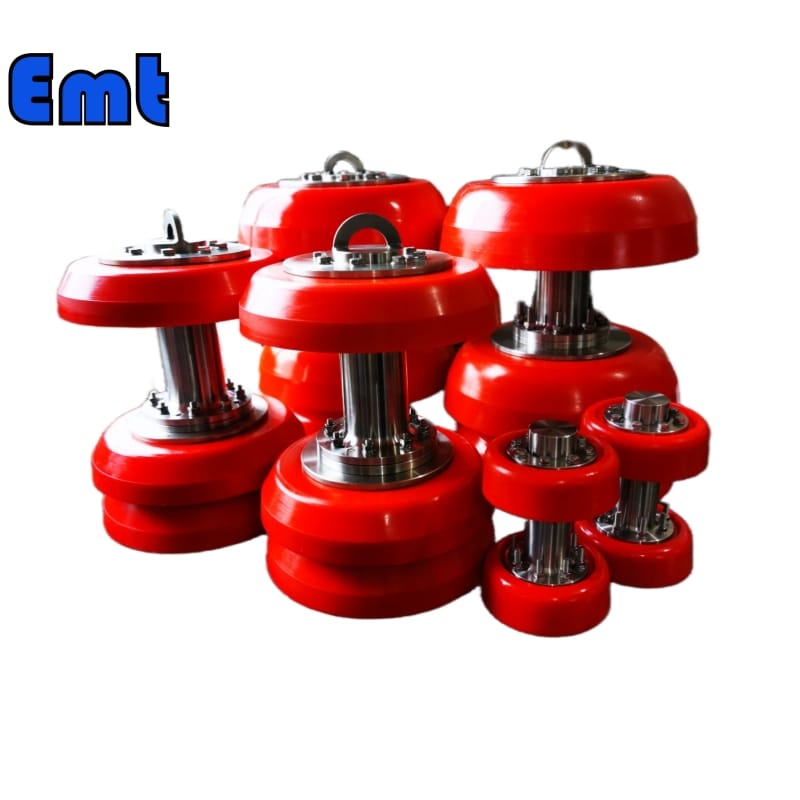
- Certification: ISO9001 certified, ensuring adherence to international quality standards.
- Warranty: Comes with a 6-month warranty, highlighting the manufacturer’s commitment to quality.
- Inspection and Testing: Includes outgoing video inspection and a comprehensive machinery test report is provided, ensuring each unit meets rigorous operational standards.
- Origin: Manufactured in Liaoning, China, with no specific showroom location provided.
4. Packaging and Delivery
- Packaging: Each pig is packaged individually, with dimensions set at 40x40x75 cm to ensure safety during transit.
- Delivery: Tailored to single item sales, facilitating both small and large-scale operations.


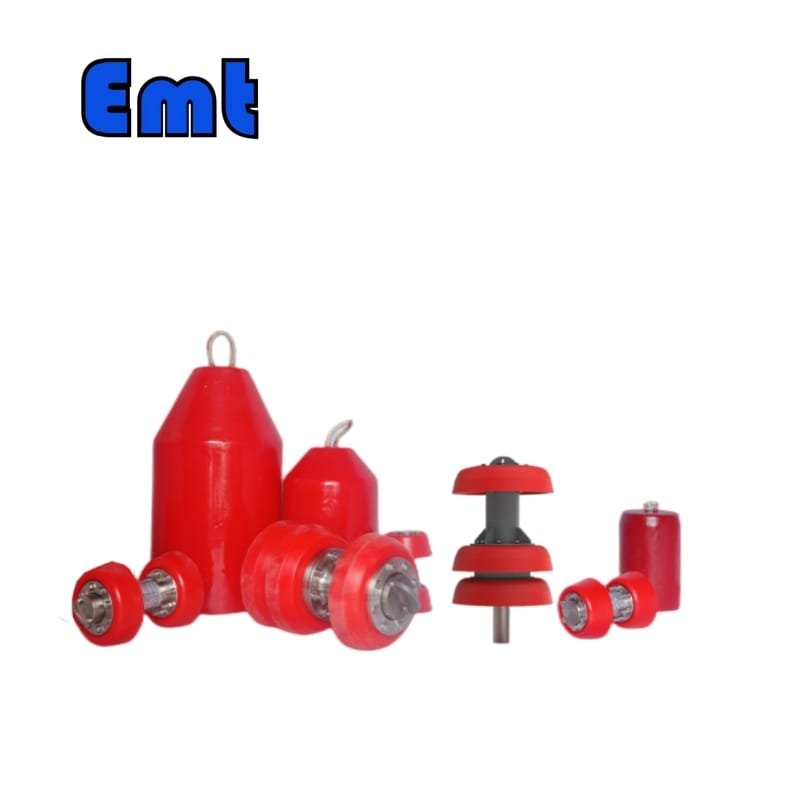

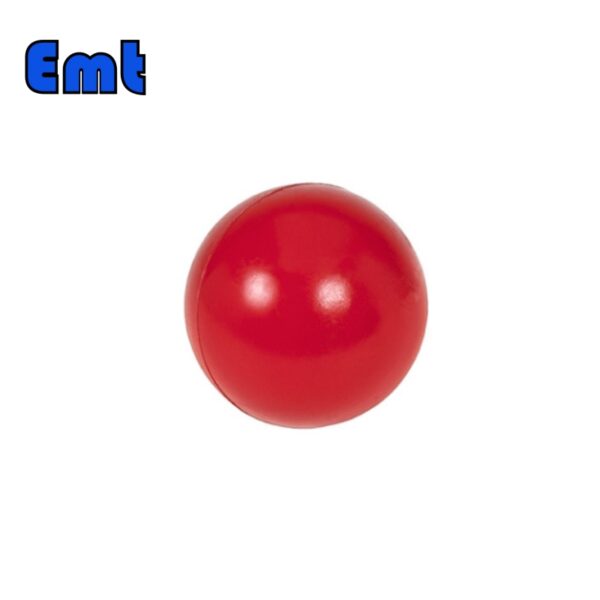
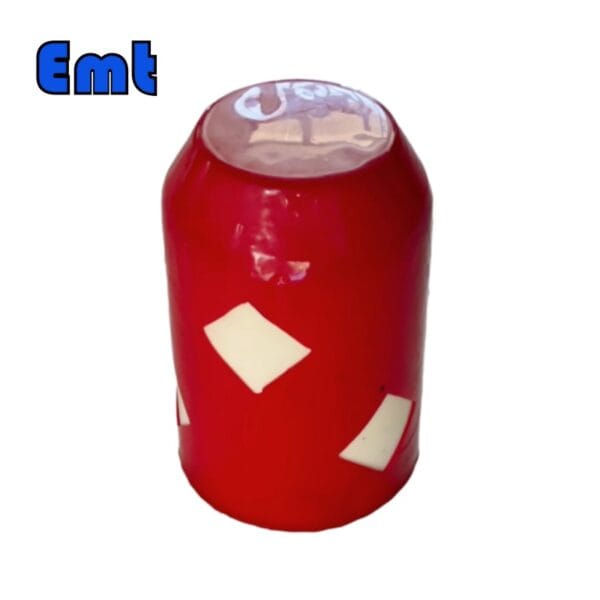
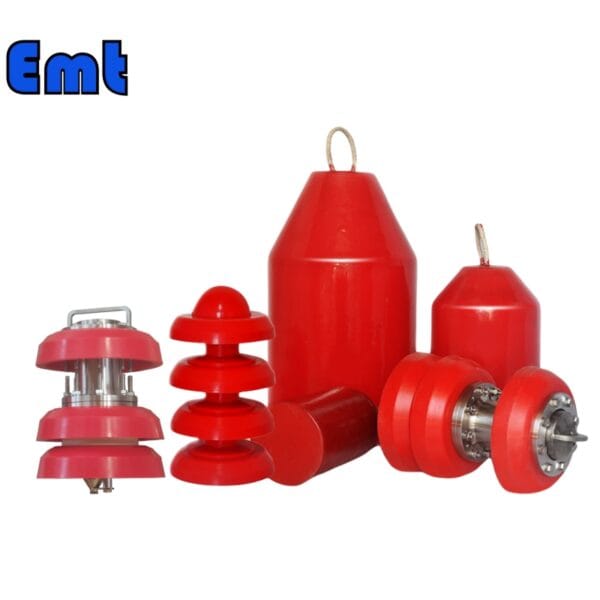
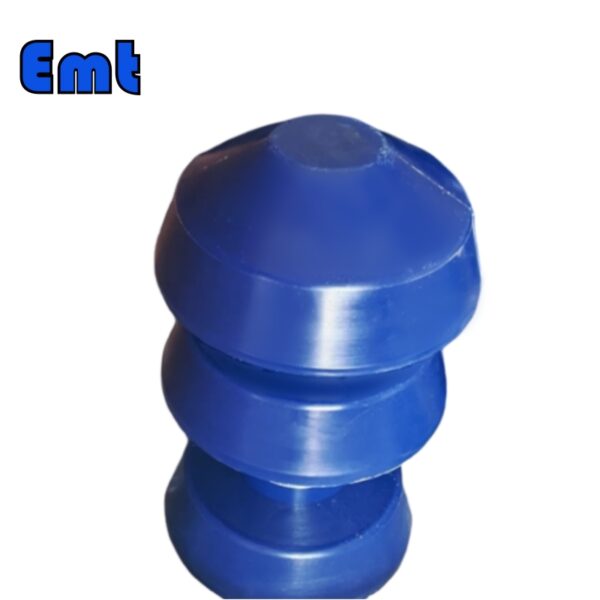
There are no reviews yet.